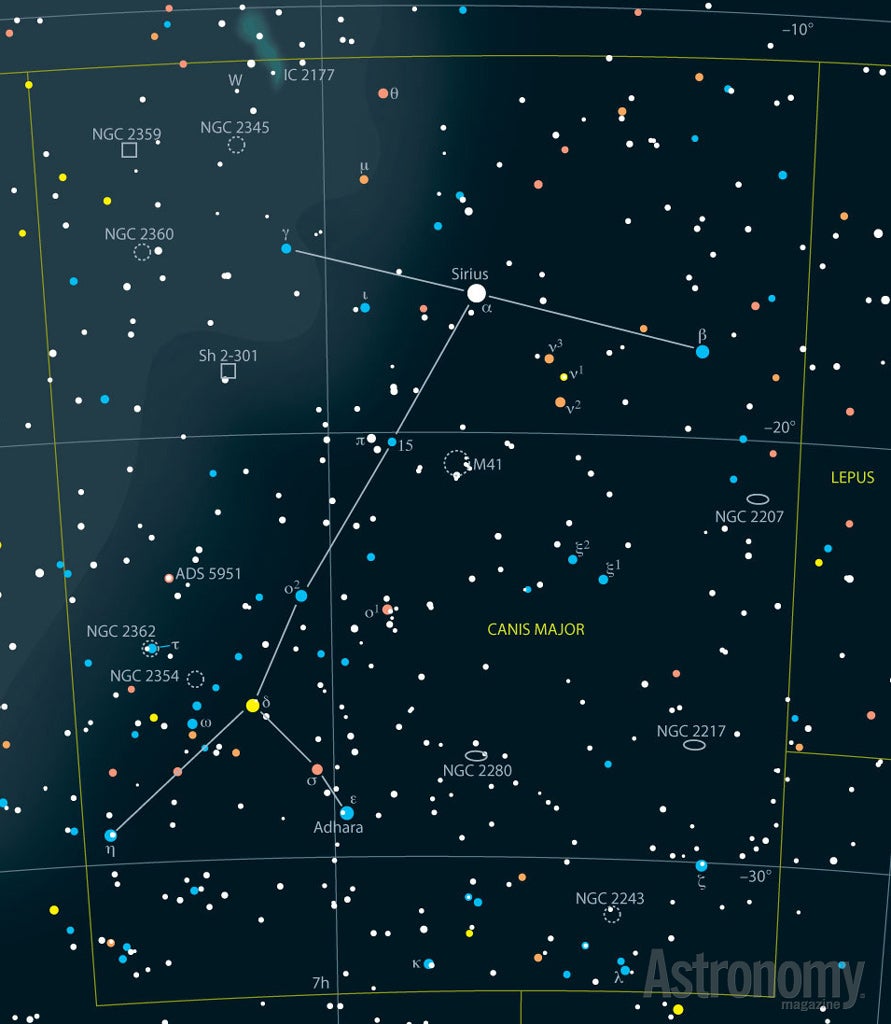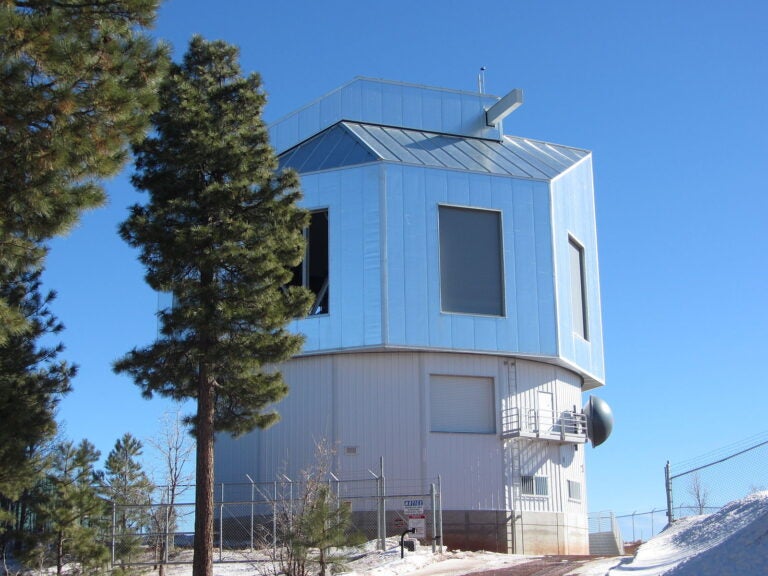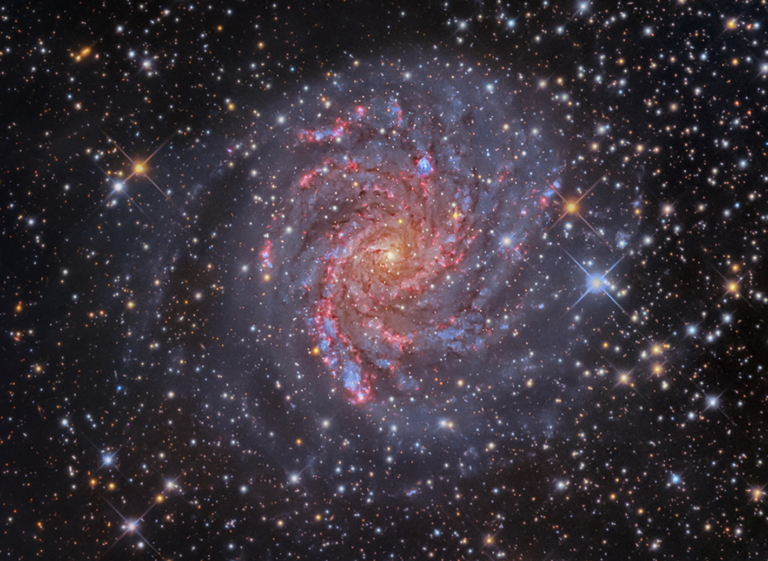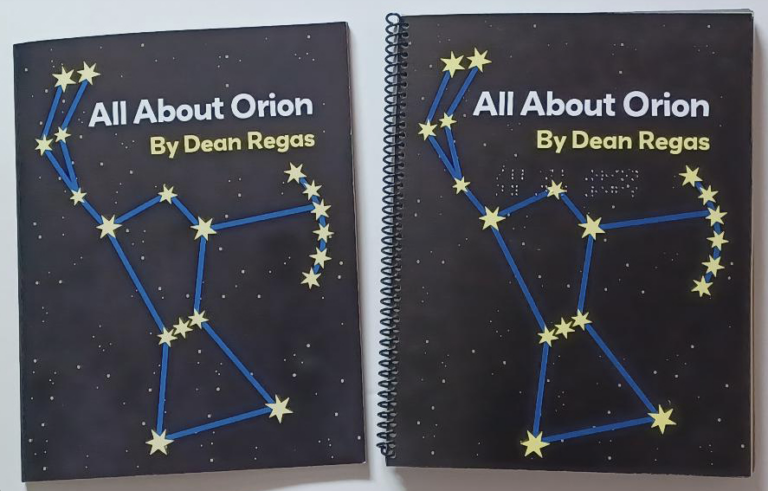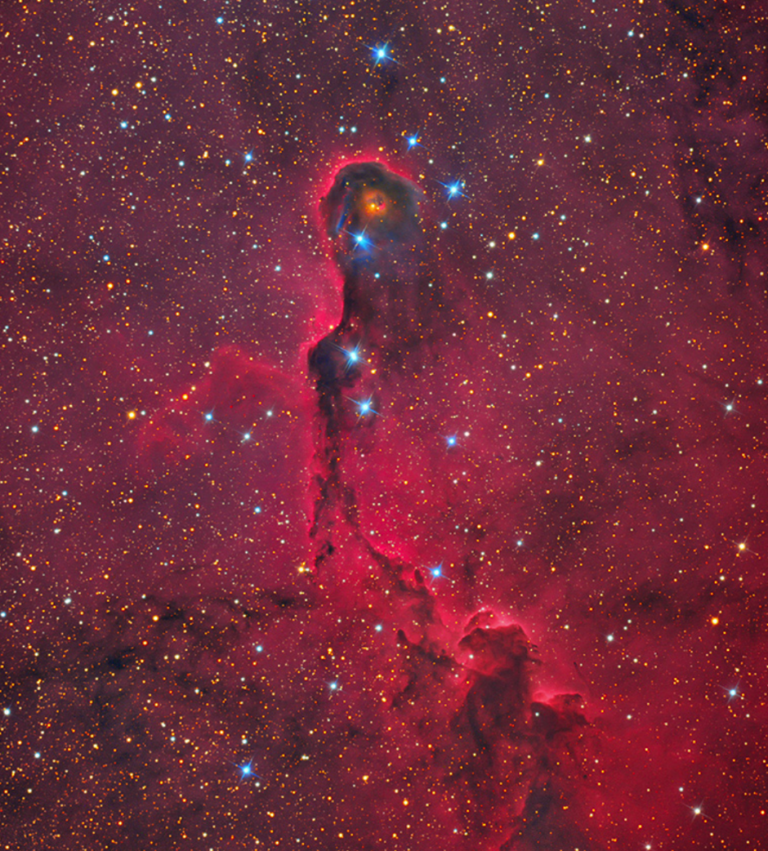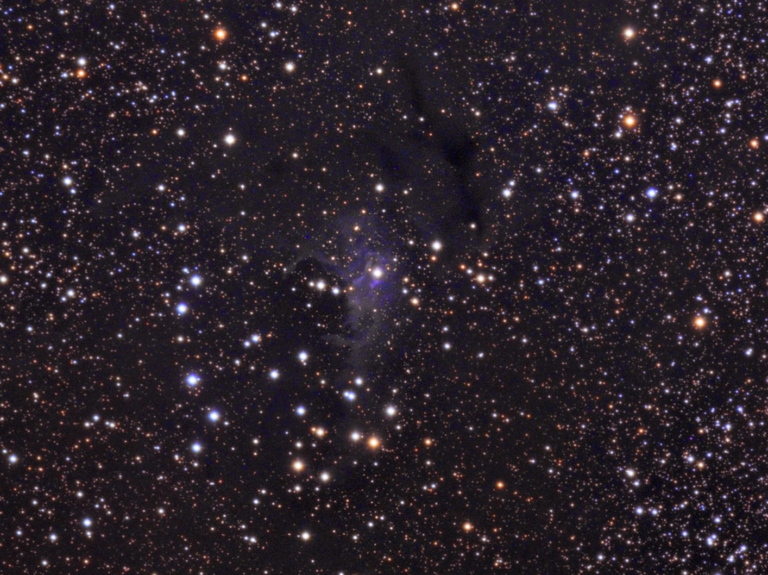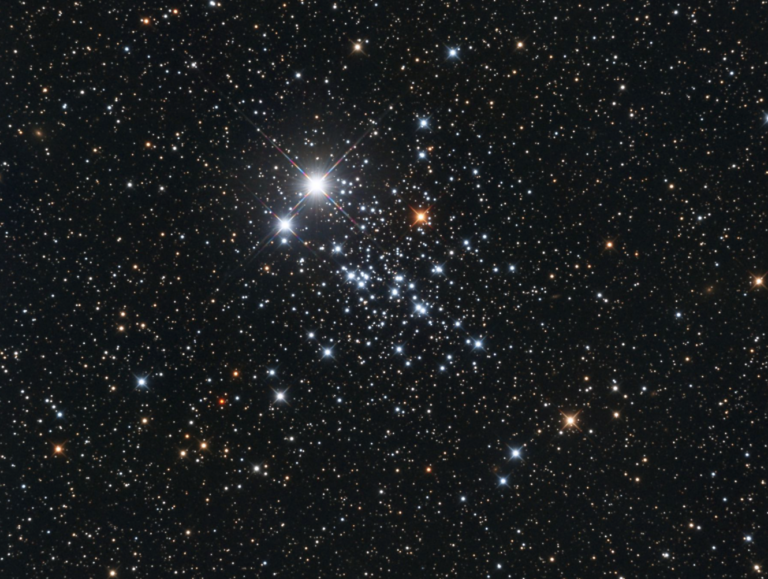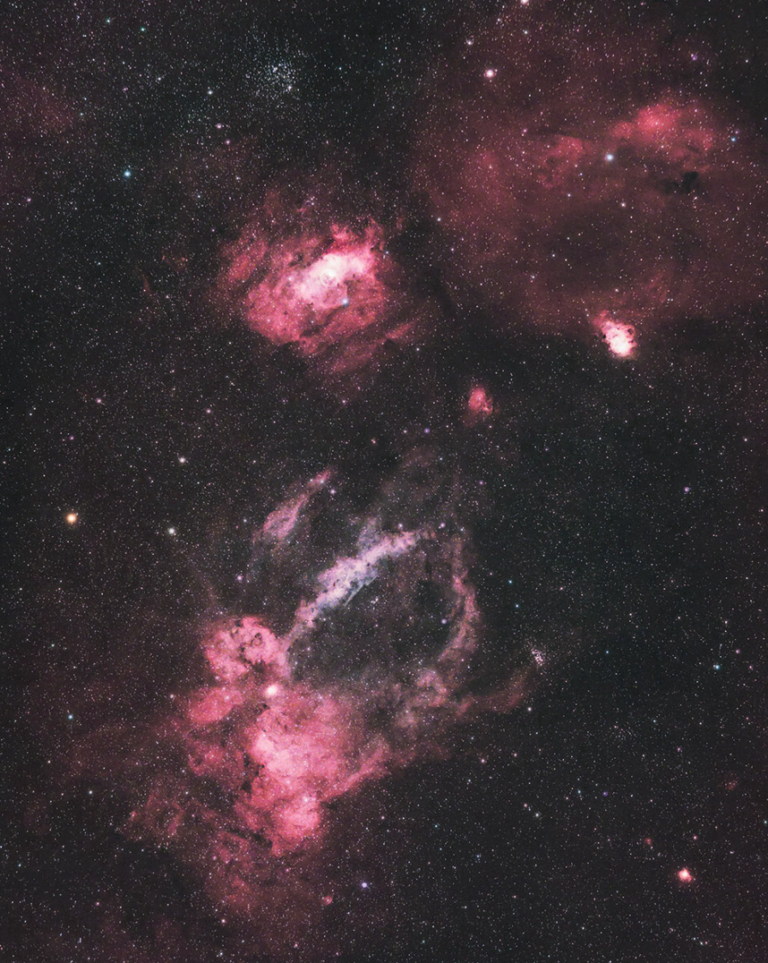Targets for February 11–18, 2016
Small telescope: Open clusters NGC 2345, NGC 2354, NGC 2367, NGC 2374, NGC 2383, and NGC 2384 in Canis Major
All around Canis Major
Mid-winter in the Northern Hemisphere is a great time to catch up on some seldom-observed open star clusters. This week’s sextet lies within the boundaries of the constellation Canis Major the Great Dog.
First up is magnitude 7.7 NGC 2345. To find this object, look 3° east-northeast of magnitude 5.3 Mu (μ) Canis Majoris. A 6-inch telescope at 150x will reveal 30 stars splayed unevenly across a field of view 12′ in diameter.
The eastern side of the cluster appears denser. Within it, an arc of the cluster’s brightest stars moves from the south to the north. Increase to a 12-inch scope, and your star count will top 50. Despite the rich surrounding field, the cluster stands out well.
Our second cluster is NGC 2354. Here’s an easy target to find. Just locate magnitude 1.8 Delta (δ) Canis Majoris, and then move 1.5° to the east-northeast.
A 4-inch telescope will reveal this magnitude 6.5 cluster as three dozen stars, but through a 10-inch instrument, you’ll count 100. It spans 20′, which means it covers more than 40 percent the area of the Full Moon. Look for a dark oval void at the cluster’s center elongated north-south.
Our third target is NGC 2367. It shines at magnitude 7.9 and measures 5′ across.
This small but nice object sits in a rich star field 4.4° east-northeast of magnitude 3.0 Omicron2 (ο2) Canis Majoris. Most of the cluster’s bright members lie on its eastern side. The luminary is a double star barely east of center with a separation of 5″ and magnitudes of 9.4 and 9.7.
Number four on our list this week is NGC 2374. To find this object, look 5.6° southwest of magnitude 3.9 Alpha (α) Monocerotis.
Through a 4-inch telescope at 100x, you’ll spot 20 stars of equal brightness. An 8-inch scope will show twice that number and also reveal some dark lanes snaking between lines of stars. NGC 2374 shines at magnitude 8.0 and measures 12′ across.
Our fifth open star cluster is NGC 2383. At magnitude 8.4, it’s the faintest and, with a diameter of 5′, tied for the smallest on this week’s list.
You’ll find this target 5.8° east-northeast of magnitude 3.0 Omicron2 Canis Majoris. NGC 2383 is a small cluster in which most telescopes will reveal 20 stars. A magnitude 9.7 star sits at both the east and west ends.
Finally, look for NGC 2384 only 8′ west-northwest of NGC 2383. At 15′, it has three times the diameter of the previous cluster, and it shines a full magnitude brighter: 7.4.
You’ll first spot the cluster’s two brightest stars, magnitude 8.6 SAO 173685 and magnitude 8.9 HD 58465. Then look for an irregular flow of stars that has an east-west orientation.
Expand your observing at Astronomy.com
The Sky this Week
Get a daily digest of celestial events coming soon to a sky near you.
Observing Basics
Find more guidance from Senior Editor Michael E. Bakich with his Observing Basics video series.

